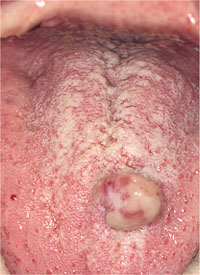Chapter 3
Lumps and Bumps
Aim
The aim of this chapter is to describe those oral or perioral lesions that present as a lump or swelling.
Outcome
After reading this chapter you should have an understanding of the various oral and perioral lumps and swellings, their diagnosis and management.
Vascular Anomalies (Figs 3-1 to 3-6)
Haemangioma
Haemangiomas are generally regarded as hamartomatous and as such are developmental in origin. A number do appear however to arise later in life and may represent benign neoplasms. The lesions are generally red or bluish/purple in colour and of soft consistency. They tend to be either flat or raised but typically blanch on pressure. Clinically they are divided, depending on vessel type, into either capillary haemangiomas (port wine stain) or cavernous haemangiomas, although it is not unusual to have combinations of both. In addition to involving the soft tissues they may extend into underlying bone or salivary glands. It is not unusual for the appearance on the surface to be related to a much deeper underlying vascular anomaly, which makes surgical removal difficult. Generally these lesions are of cosmetic significance only. Treatment, if required, usually involves cryotherapy or laser ablation, but in some more extensive lesions a feeder vessel can be blocked using an intravascular procedure, which may diminish the size of the anomaly.
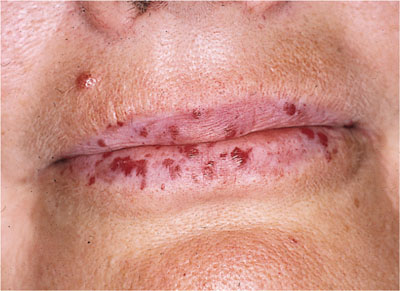
Fig 3-1 Hereditary haemorrhagic telangiectasia affecting the lips.
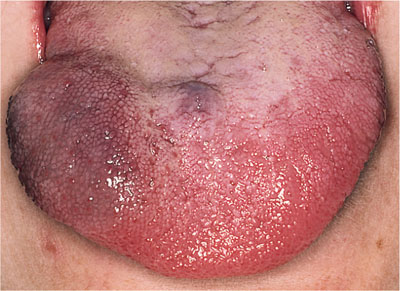
Fig 3-2 Haemangioma of tongue.
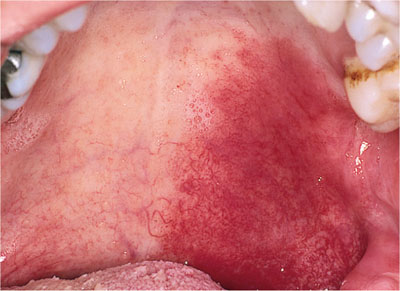
Fig 3-3 Capillary haemangioma affecting the palate.
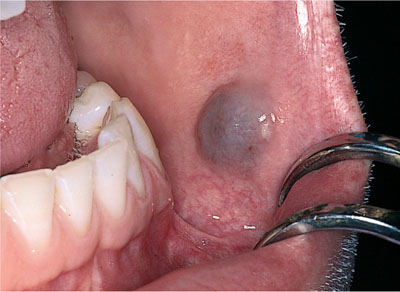
Fig 3-4 Cavernous haemangioma on the buccal mucosa.

Fig 3-5 Trigemino-encephalo-angio-matosis (Sturge-Weber syndrome).
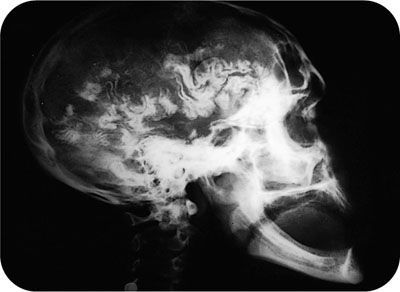
Fig 3-6 Lateral skull radiograph of patient with Sturge-Weber syndrome demonstrating calcification of the lep-tomeninges.
Sturge -Weber Syndrome (Trigemino-Encephaloangiomatosis)
This congenital disorder comprises a combination of haemangiomatous lesions affecting the face and also the ipsilateral leptomeninges. Apart from the facial disfigurement these patients frequently suffer from epilepsy. The abnormal cerebral vessels may become calcified and, as a consequence, visible radiographically.
Hereditary Haemorrhagic Telangiectasia
This disorder is transmitted as an autosomal dominant and comprises multiple small collections of dilated capillaries (telangiectases), which are found predominantly on the face, lips, mouth, nasal tissues and intestinal mucosa. Recurrent nosebleeds are common and there is also a risk of gastrointestinal haemorrhage. As a consequence patients may become iron-deficient. Treatment is usually symptomatic, with either laser or cryotherapy ablation of problematic telangiectasias.
Varicosities
Varicose veins are commonly seen on the ventrolateral sides of the tongue and occasionally the lower lip, particularly in the elderly. These are of no particular significance, although those on the lower lip may give rise to cosmetic concern and can be treated locally with cryotherapy.
Malignant Vascular Swellings
These are rare anomalies and can occur on the oral mucosa, such as Kaposi’s sarcoma in patients with HIV infection.
Lymphangioma
These lesions are not dissimilar to haemangiomas, except they consist of lymph vessels. As a consequence the swellings are usually not discoloured or have a slightly translucent appearance. Most are present at birth and require no specific treatment. A variant is the cystic hygroma, which is a lymphangiomatous malformation that affects the head and more frequently the neck, producing a visible mass, noticeable either at birth or shortly after. This may require surgical removal.
Connective Tissue Hyperplasias (Figs 3-7 to 3-10)
This group of disorders are a result of a localised excess production of fibrous tissue. They can be either developmental or, more commonly, acquired. The acquired variants most frequently present as lobulated swellings to which the term polyp or occasionally granuloma is applied. A variety of terms describing such polyps is used depending on their site, such as fibrous epulis* on the gingiva or fibroepithelial polyp on other sites of the oral mucosa. Those lesions associated with the peripherary of an ill-fitting denture are termed denture irritation hyperplasias, whereas multiple fibrous nodules not infrequently seen under the fitting surface of a denture, often in association with denture stomatitis, are termed papillary hyperplasia of the palate. All these lesions represent a reaction to local irritation. Generally, once the irritation is removed there will be some regression, although they rarely completely resolve.
Treatment, if required, involves removing the irritation, where possible, and surgical excision.
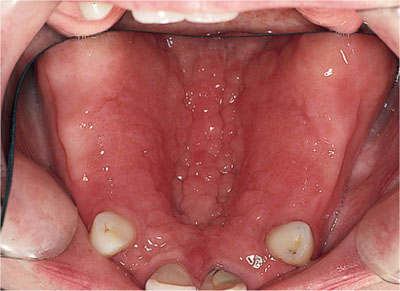
Fig 3-7 Papillary hyperplasia of the palate associated with a mild denture stomatitis.
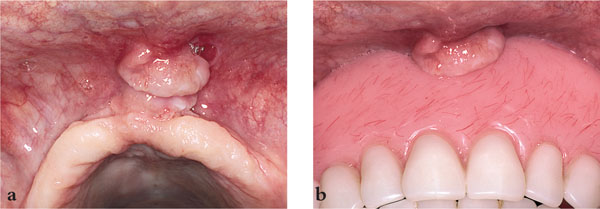
Fig 3-8 (a) Denture related irritation hyperplasia; (b) denture in place.
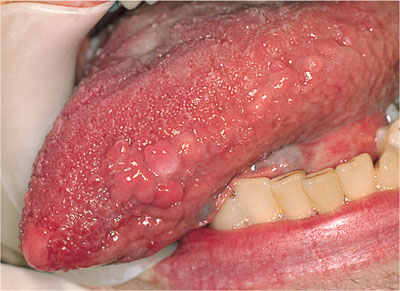
Fig 3-9 Multiple small fibroepithelial polyps on the tongue. This appearance can be associated with Cowden’s syndrome. A rare, inherited, disorder associated with malignant disease, particularly carcinomas of breast, thyroid and colon.

Fig 3-10 Gingival hyperplasia in a patient taking nifedipine.
Pyogenic granuloma (Fig 3-11)
This reddish-coloured lesion comprises of a ‘lump’ of granulation tissue, often with an ulcerated surface covered by a yellowish fibrinous exudate, and can occur anywhere on the oral mucosa or skin, usually following trauma. Those occurring on the gingiva are usually termed a vascular epulis, although the aetiology is probably identical to those presenting at other sites. Their relatively sudden appearance and often dramatic rate of growth means that they may need to be differentiated from a neoplasm, and treatment is generally surgical excision. It is essential to remove any underlying irritation for those occurring on the gingiva, such as overhanging restorations, foreign bodies or calculus to prevent recurrence.
Stay updated, free dental videos. Join our Telegram channel

VIDEdental - Online dental courses


